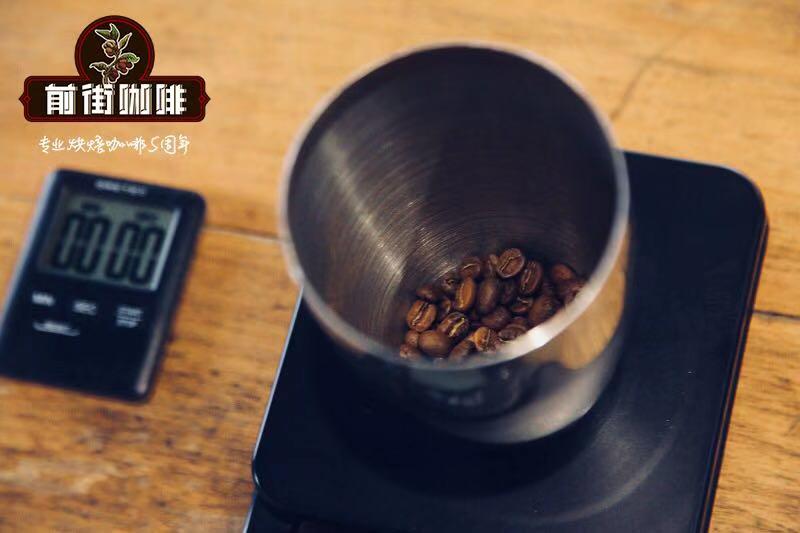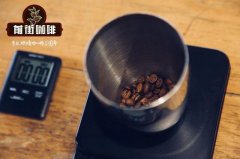How to divide the grading system of Jamaican Blue Mountain Coffee

Professional coffee knowledge exchange more coffee bean information please follow the coffee workshop (Wechat official account cafe_style)
Qianjie-Jamaica Blue Mountain Coffee altitude grading system
What is Blue Mountain Coffee can be said to be the most superior coffee in the coffee industry, because the output is less, so the scarcity is precious, the price is very expensive. The Blue Mountains are located in the eastern part of the island of Jamaica, which is surrounded by the Caribbean Sea. Whenever the local weather is clear, the sun shines directly on the blue sea, reflecting the bright blue light of the sea, so it is named Blue Mountain. The highest peak of the Blue Mountain is 2256 meters above sea level, which is the highest in the Caribbean and a famous tourist attraction in the world.
Because it is located in the coffee belt, not only has fertile volcanic soil, but also fresh air, humid and mild climate, foggy and rainy all the year round, it is precisely this unique climate that can create the world-famous Jamaican Blue Mountain Coffee. At the same time, it also makes coffee the second most expensive coffee in the world.
It can be said that Blue Mountain Coffee has the characteristics of almost all good coffee, not only full-bodied and mellow, but also the perfect fusion of sweet, sour and bitter taste of Blue Mountain Coffee, so it has no bitter taste at all, but only a moderate and perfect sour taste. Very desirable. Blue Mountain Coffee belongs to individual coffee, but because of its low output, it is extremely expensive.
There are three grades of coffee produced in Jamaica: Jamaican Blue Mountain Coffee, Jamaican Alpine Coffee and Jamaican Coffee. Blue Mountain Coffee and Alpine Coffee are each divided into four grades. In terms of quality, NO.1, NO.2, NO.3 and PB,PB are round beans, a single coffee seed in a single coffee cherry. According to the standards set by CIB in Jamaica, only coffee grown above 666m above sea level can be called genuine Jamaican Blue Mountain Coffee, while coffee grown in the areas below 666m above sea level in Jamaica is called Alpine Coffee, and coffee grown outside the Blue Mountains is called Jamaican Coffee.
In short: everything is just for sharing and communication.
END
Important Notice :
前街咖啡 FrontStreet Coffee has moved to new addredd:
FrontStreet Coffee Address: 315,Donghua East Road,GuangZhou
Tel:020 38364473
- Prev

Taste of Blue Mountain Coffee characteristics and grading system of Jamaica Blue Mountain No.1
Professional coffee knowledge exchange more coffee bean information please follow the coffee workshop (Wechat official account cafe_style) front street-Jamaica Blue Mountain one of the characteristics of the grading system Jamaica is an island country located in Central America, surrounded by the Caribbean. Coffee cultivation in Jamaica Coffee has a very long history, dating back to 1728. Fertile volcanic soil and rainy, foggy,
- Next

Introduction to the taste and flavor of Tieka coffee
Professional coffee knowledge exchange more coffee bean information please follow the coffee workshop (Wechat official account cafe_style) front street-iron pickup coffee taste description iron pickup card is actually a sub-variety of Arabica coffee, iron pickup is also an ancient variety of coffee, but also one of the original species of coffee. The story about the iron pickup comes from Sudan.
Related
- Beginners will see the "Coffee pull flower" guide!
- What is the difference between ice blog purified milk and ordinary milk coffee?
- Why is the Philippines the largest producer of crops in Liberia?
- For coffee extraction, should the fine powder be retained?
- How does extracted espresso fill pressed powder? How much strength does it take to press the powder?
- How to make jasmine cold extract coffee? Is the jasmine + latte good?
- Will this little toy really make the coffee taste better? How does Lily Drip affect coffee extraction?
- Will the action of slapping the filter cup also affect coffee extraction?
- What's the difference between powder-to-water ratio and powder-to-liquid ratio?
- What is the Ethiopian local species? What does it have to do with Heirloom native species?

